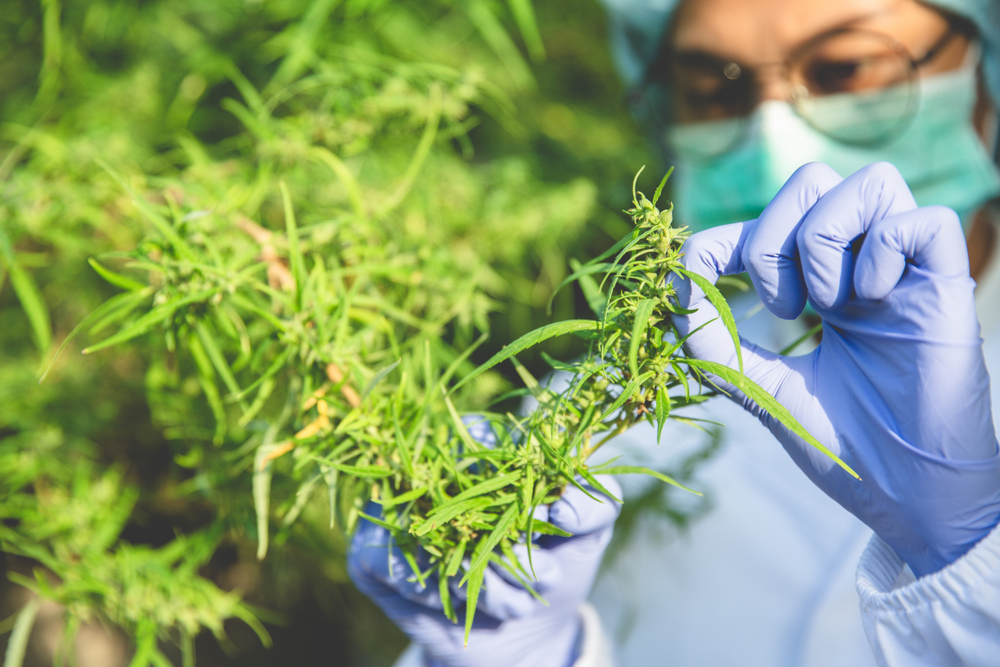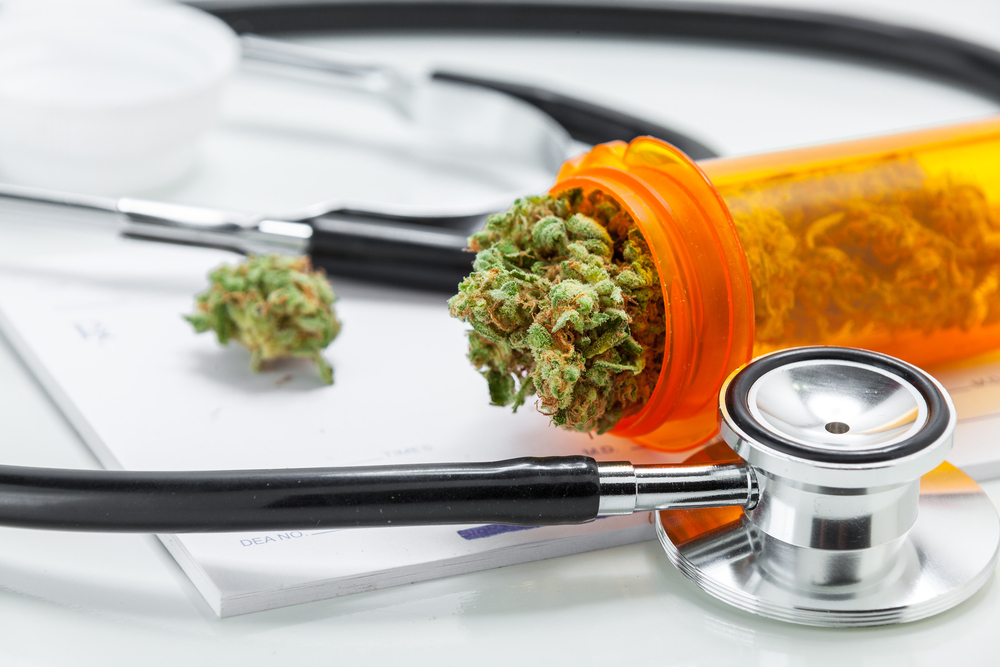Education
Weed, Your Endocannabinoid System & You – Functions & Facts
Did you know that, regardless of whether or not you actually smoke, eat or ingest weed, your body still contains its very own endocannabinoid system?
That’s right! Every human body comes equipped with this diverse and crucial system that maintains a wide range of functions outside of solely interacting with weed.
In addition to modulating the effects of cannabis and THC, the endocannabinoid system is also responsible for maintaining a variety of bodily functions. Everything from hunger to energy and sleep to libido is maintained through our ECS.
With this in mind, if you haven’t picked up on our ever-so-subtle introduction, today, we’re telling you everything you need to know about your endocannabinoid system!
This article will cover what the endocannabinoid system is, its various roles throughout the body, and how THC and CBD interact with it, respectively and together.
If nothing else, you could pick up some fun facts to share with your friends during your next group sesh!
So, without further delay, let’s get started because there’s a lot to cover!
Is the Endocannabinoid System a Real Thing?
At this point, you may be asking yourself, “what is the endocannabinoid system, anyway? Is it even a real thing?”
The answer is a whopping YES!
Like we said before, your endocannabinoid system is so much more than what you might initially think and has a ton of functions that are crucial for surviving.
The endocannabinoid system is a biological network of neurotransmitters that operate on pretty much every cell in your peripheral (body) and central (brain) nervous system.
Your body naturally contains what are known as endocannabinoids. These microscopic marvels serve as regulators to maintain appropriate levels for a wide range of bodily functions, including appetite, pain sensation and even memory and libido.
There are two chief examples, in particular, worth mentioning when it comes to endocannabinoids.
The first is called anandamide, and the second 2-arachidonoylglycerol (2-AG).
These two endocannabinoids are the most common neurotransmitters. Essentially, neurotransmitters are chemical messengers that issue a signal from a neuron across what’s known as a synapse to target a cell.

Anandamide and 2-AG are basically found in every nerve and brain cell in mammals, which, unless you’ve lived up to this point without knowing, includes you!
Their primary function is to serve as messengers for transmitting various signals across the cells in your body.
Their enzymes also exist within this system, generating and breaking down endocannabinoids from and into fatty acids.
While the endocannabinoid system isn’t a new discovery in itself, researchers are still discovering its innate functions and how external substances, such as prescription medications and therapies and, in this context, cannabis, can impact and potentially alter the function of these enzymes.
As we said before, your endocannabinoid exists regardless of whether you are a cannabis user or not, and its functions extend to a wide range of physical and cognitive bodily processes, including mood regulation, appetite, pain-sensation, libido and, of course, for the purposes of this article, how weed affects your body.
What is the Role of the Endocannabinoid system?
The beauty of the endocannabinoid is that it helps maintain several of our body’s functions to help us feel good and well-balanced!
This stability is because one of the overall purposes of the endocannabinoid system is to maintain what’s called homeostasis.
Essentially, homeostasis occurs when our body is functioning on all cylinders.
In other words, all of the intricate systems are working in harmony to make us feel ‘normal.’ This balance is essential to ensure stable conditions necessary for survival.
Below, we’ll highlight a few primary examples of how the endocannabinoid system regulates some of the body’s most primary functions.
Appetite
If you’ve ever wondered how your body intrinsically knows it’s time to fuel up or what, specifically, sends the message to your brain saying, “Hey bud, you’re hungry!” You can thank your endocannabinoids.
However, they don’t just indicate that it’s time to chow down. These endocannabinoids also contribute to your taste perception.
It’s a combination of a release of endocannabinoids in your stomach and your brain working together that makes you feel hungry. With this in mind, it should come as no surprise why, when you do smoke weed, the inevitable effect of “ the munchies” feels that much stronger!
It’s also partially why our bodies feel the effects of ingesting edibles that much harder.
As opposed to smoking, the THC existing in cannabis edibles travels through our liver and digestive system, where it is converted into a separate compound known as 11-Hydroxy-THC.
This transformation causes the effects of weed not only to be far more intense but last longer, as well.
Think of it this way, if smoking a joint makes you feel hungry, ingesting an edible can crank this feeling all the way up to 11!
This appetite-inducing effect of cannabis also has medical applications through stimulating hunger in those undergoing various medical treatments and therapies that may induce nausea or lack of appetite.
Mood & Memory

On top of all its other responsibilities, the endocannabinoid system also plays a crucial role in regulating the neurotransmitters vital for mood maintenance, including serotonin and dopamine, otherwise known as the “calming chemical” and “feel-good chemical,” respectively.
Moreover, endocannabinoids are in charge of many of the pillar functions of the brain, such as planning, memory, and critical thinking.
The two primary endocannabinoids we mentioned earlier, anandamide and 2-AG, also directly regulate how our brains respond to stress.
No wonder weed helps us unwind, relax and take the edge off!
Pain & Physical Sensation
Since endocannabinoids perform their various duties across almost every point of the body, including the peripheral (body) and central (brain) nervous system, they act as anti-pain and anti-inflammatory compounds to regulate pain and other physical sensations.
In this sense, it’s not necessarily just pain that they play a part in regulating.
Remember when we said that the endocannabinoid system played a role in your libido? It’s all come full circle!
In the context of pain, specifically, your endocannabinoid system will release these endocannabinoids to minimize the number of pain signals that your nerve cells send to the sensory pain center in your brain. They also act to inhibit your brain from receiving these signals.
Some scientists believe



